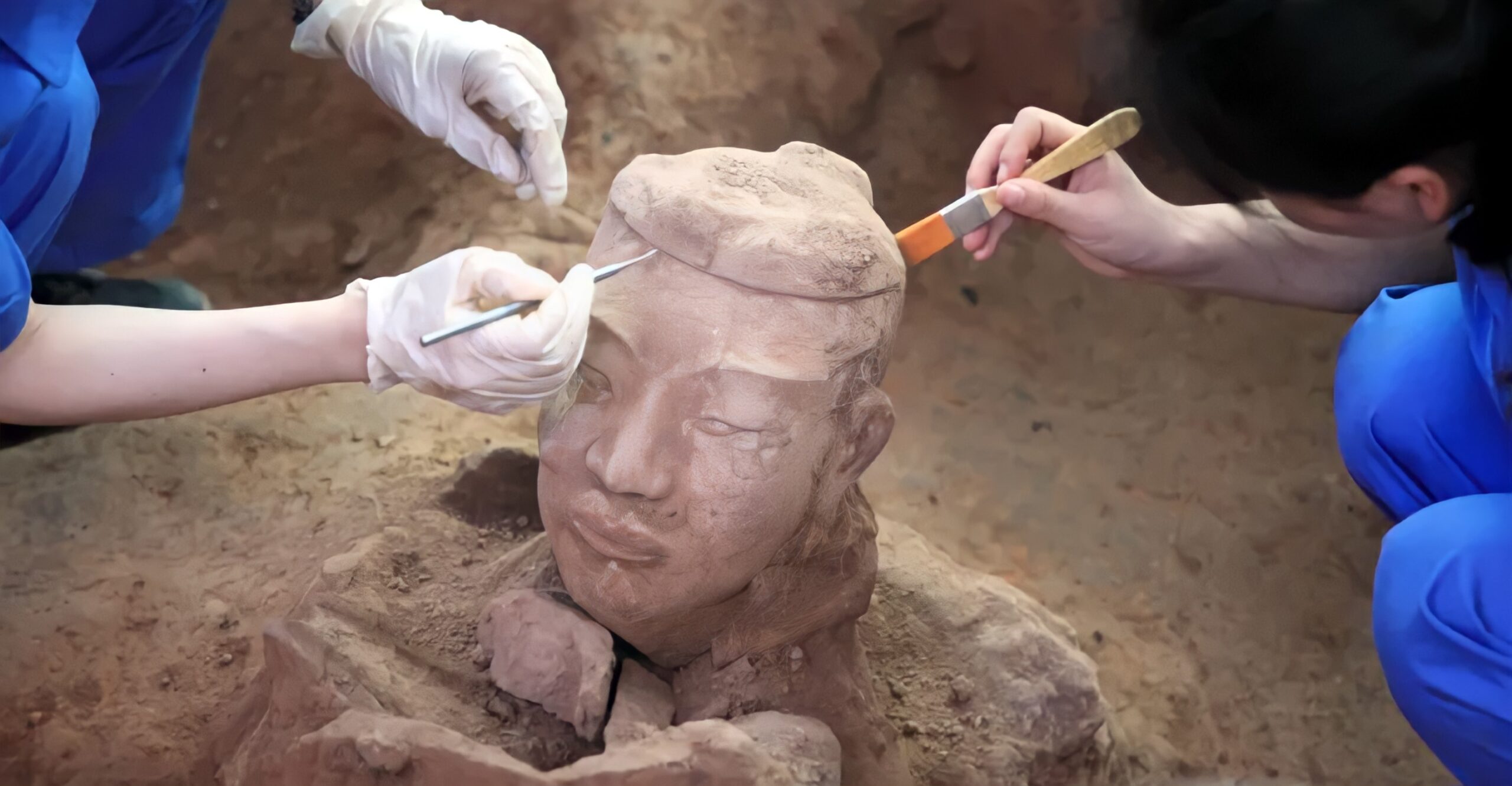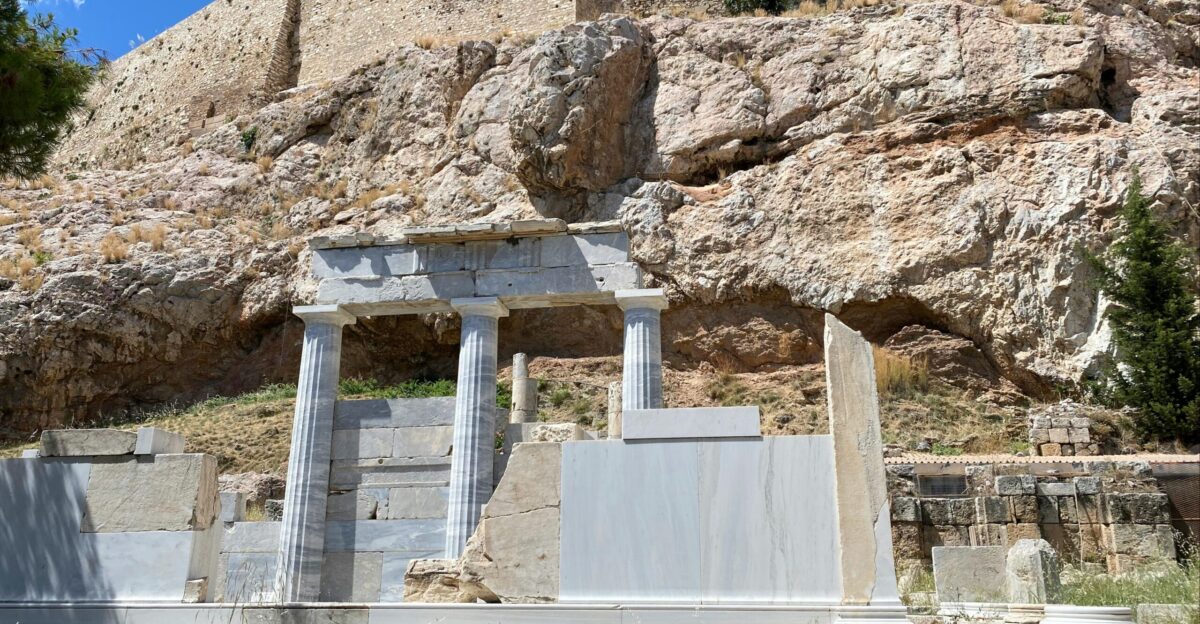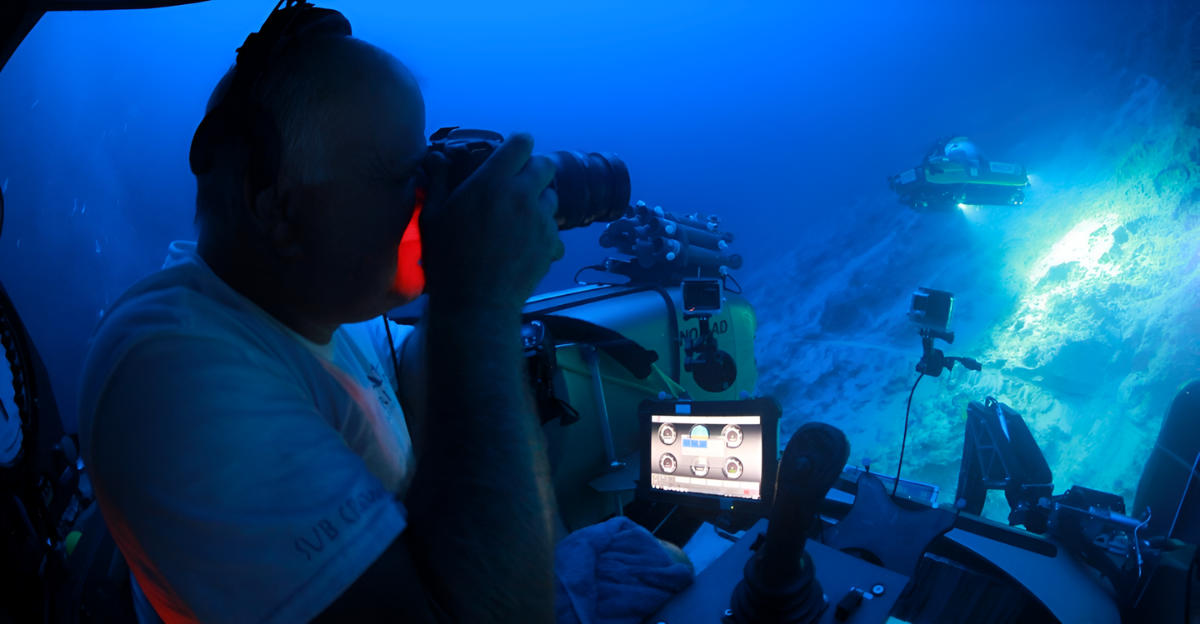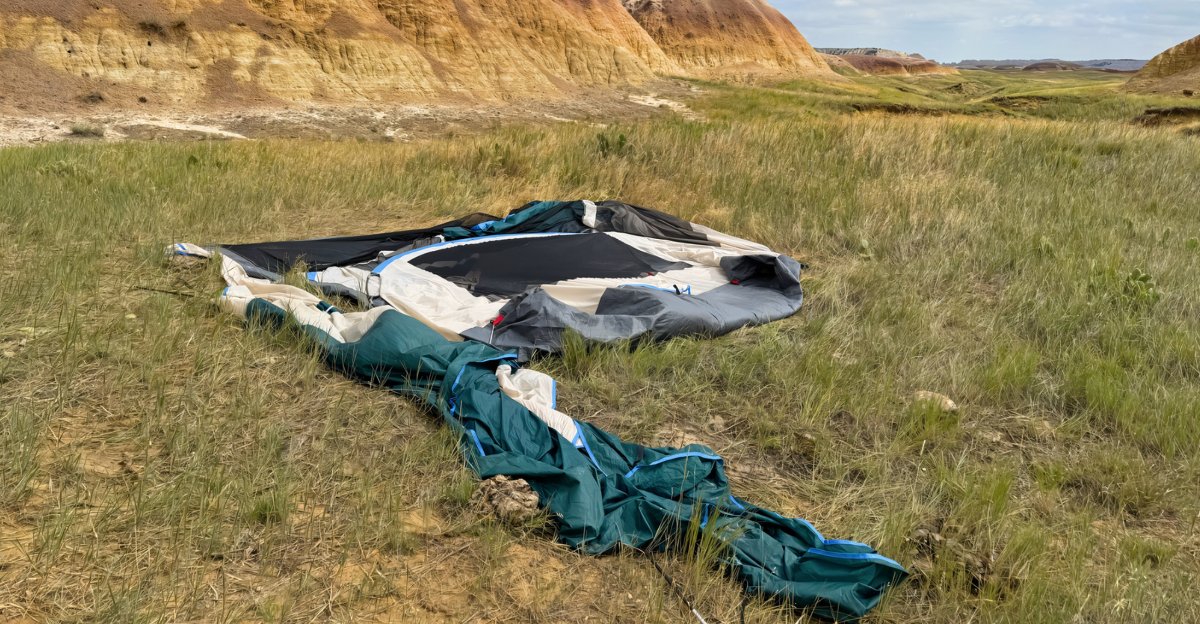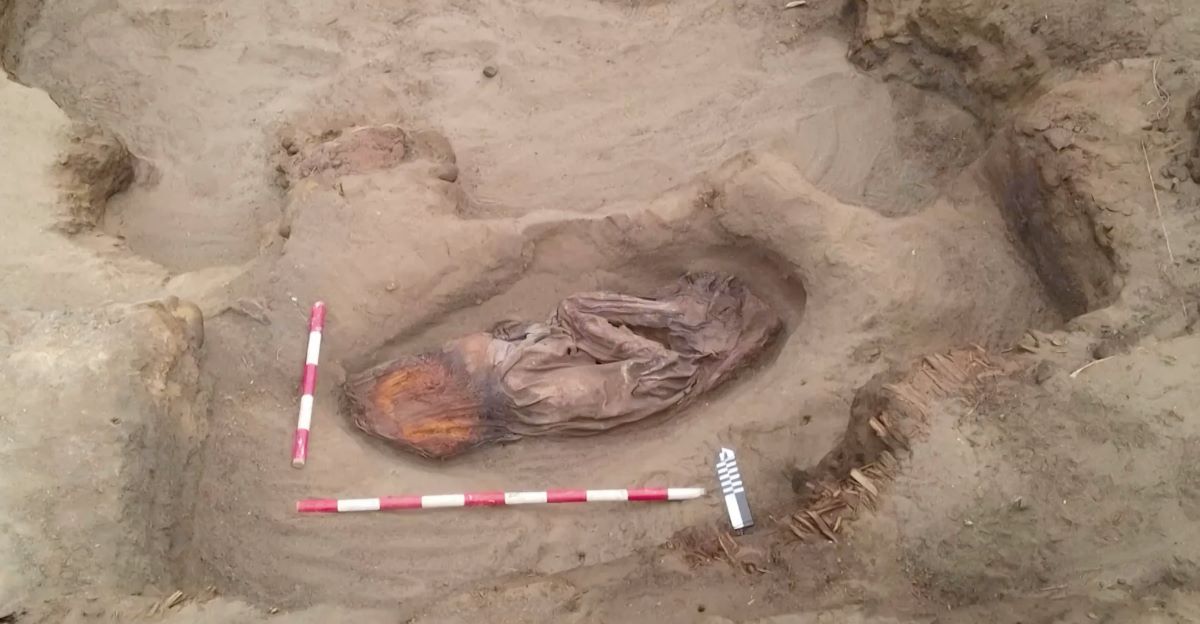
Researchers have discovered a lot of artifacts and clues to give them an idea of what ancient civilizations could have been like. But, a recent discovery makes researchers question what they think they might know. Archaeologists in Peru have unearthed a remarkable 5,000-year-old tomb at the Áspero archaeological site, a satellite city of the ancient Caral civilization.
The discovery was hidden beneath what used to be a coastal dump but now holds one of the biggest discoveries of all time.
The Site of Áspero
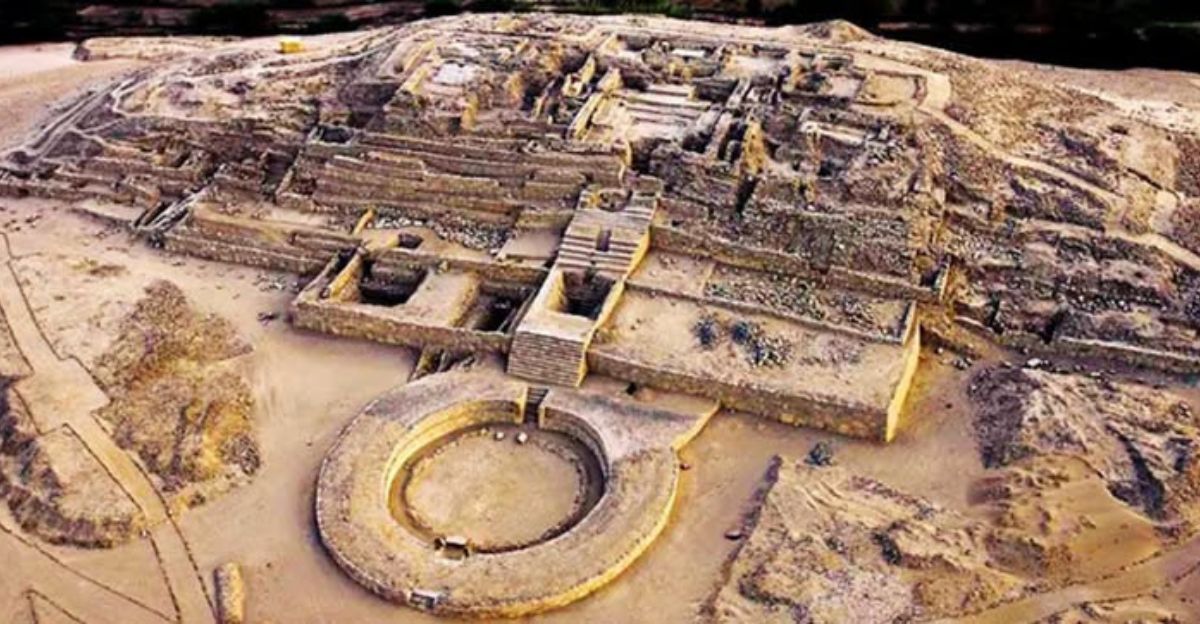
Áspero was a significant outpost of Caral, located approximately 111 miles north of Lima along the Pacific coast. This thriving fishing community once formed part of trade networks and cultural exchanges. It was here where archaeologists came across the remains of an elite woman buried with an array of elaborate offerings.
This finding rewrites how researchers consider ancient cultures, trade, and women’s roles in the community.
Rich Funerary Offerings
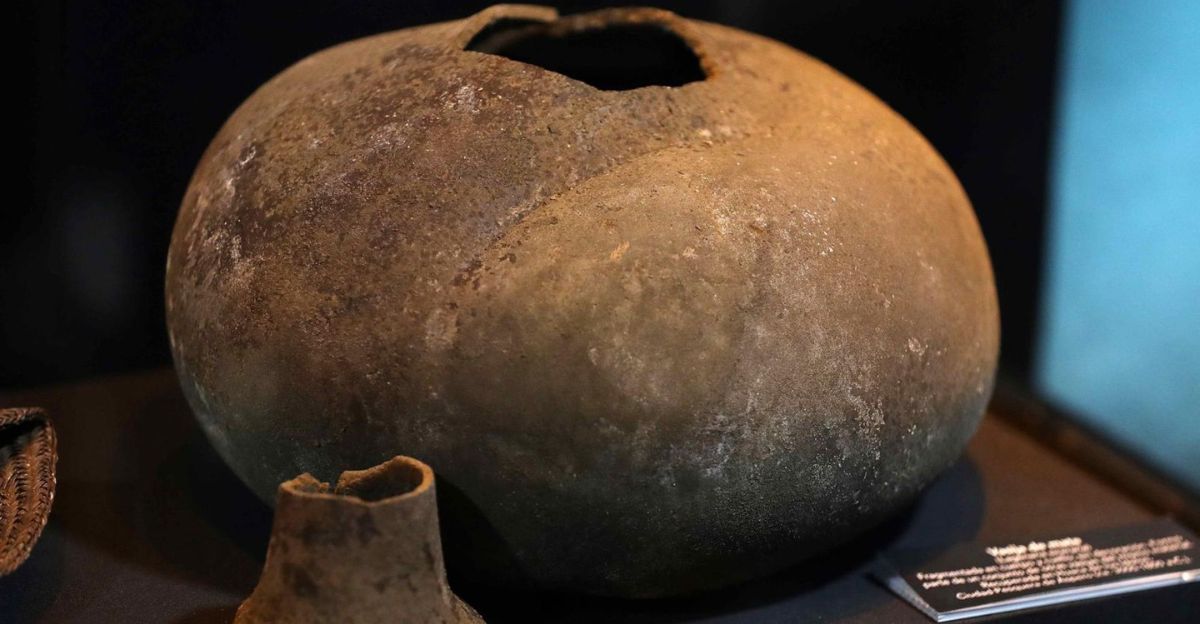
Along with the remains in the grave, researchers found intricately crafted vessels, weaving tools, a bone needle, a shell likely sourced from the Amazon basin, and over thirty sweet potatoes. These offerings show how vital this woman must have been to the community. “The characteristics of the offerings and the funerary treatment indicate that the woman was a figure of high social rank, reinforcing the evidence of the leading female role in this ancient Andean society,” Peru’s Ministry of Culture said.
Most notable was the mantle embroidered with vibrant blue macaw feathers, one of the oldest examples of featherwork in the Andes. Archeologist David Palomino said, “This is an important burial because it has elements corresponding to a woman of high status. “
Evidence of Advanced Trade Networks
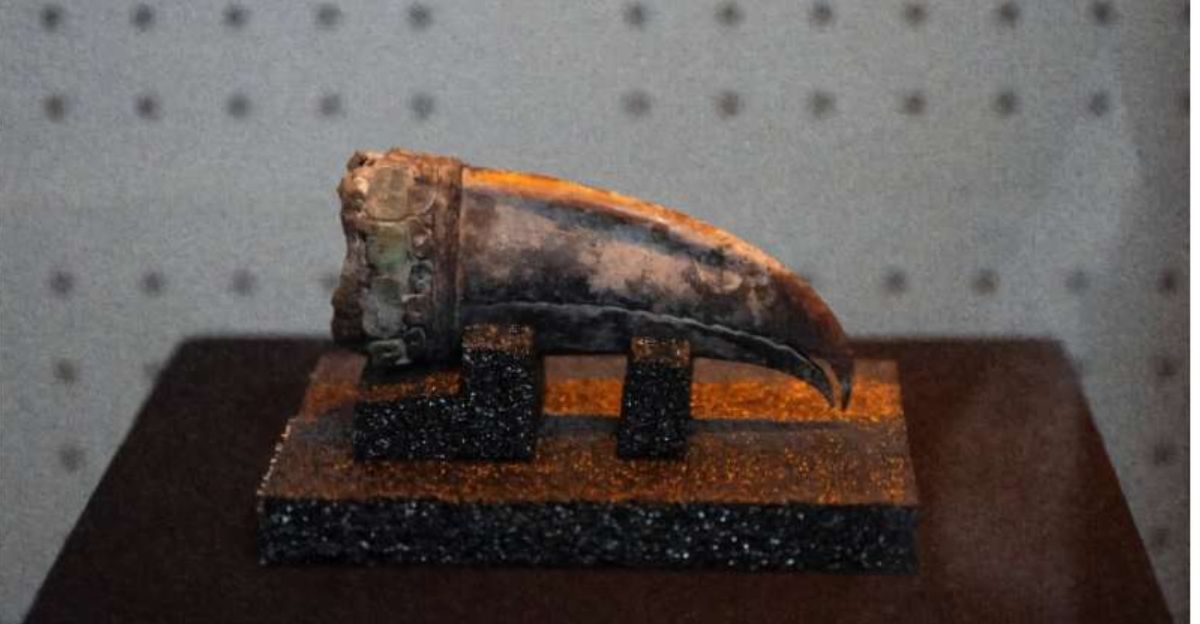
Among the grave goods, archaeologists identified exotic items like Amazonian snail shells, a toucan beak inlaid with green and brown beads, and blue macaw feathers, materials sourced hundreds of miles from Áspero’s coastal location. These artifacts reveal a sophisticated exchange system linking the Pacific coast, Amazonian jungle, and Andean highlands, enabling the Caral people to acquire rare materials for elite burials.
These extensive networks challenge earlier assumptions about the isolation of early Andean societies, demonstrating that the Caral civilization engaged in far-reaching economic and cultural exchanges long before later cultures like the Inca.
The Elite Woman’s Tomb
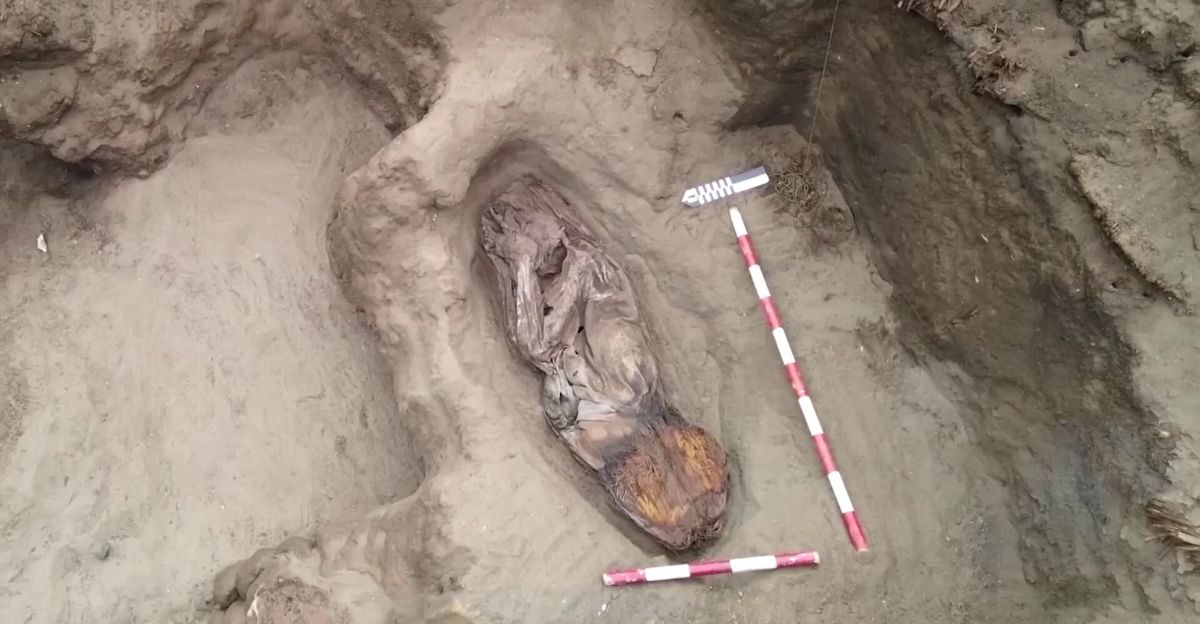
This remarkable grave was found in the Huaca de los Ídolos sector and contained the exceptionally well-preserved remains of a woman aged between 20 and 35, measuring about 5 feet tall. Her body was meticulously wrapped in multiple layers of cotton textiles and reeds, then covered with a feathered mantle. She also wore a woven headdress of twisted fibers, indicating her importance to the community.
The extraordinary preservation of her skin, hair, and nails is rare for the region, showing the amount of care and thought that went into preparing her burial.
Challenging Gender Assumptions
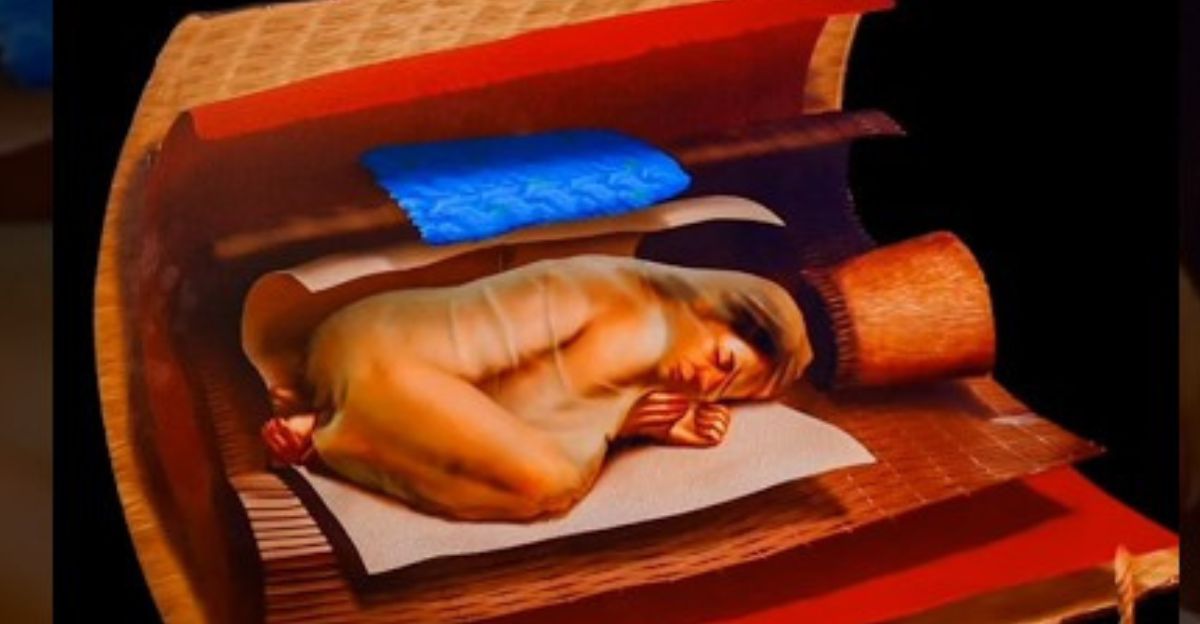
Until recently, it was widely assumed that men predominantly held positions of power and authority in early civilizations like Caral. The finding of this grave is compelling evidence that women could occupy elite and influential roles within this 5,000-year-old society. This finding aligns with a growing body of evidence from other ancient Peruvian cultures, demonstrating that gender parity and female leadership were more common in the region’s early civilizations than previously thought.
Findings like these help shape our understanding of ancient civilizations and how they might have led their people. Archaeologist David Palomino said, “It was generally thought that rulers were men or had more prominent roles in society.”
Symbolic Feather Mantle
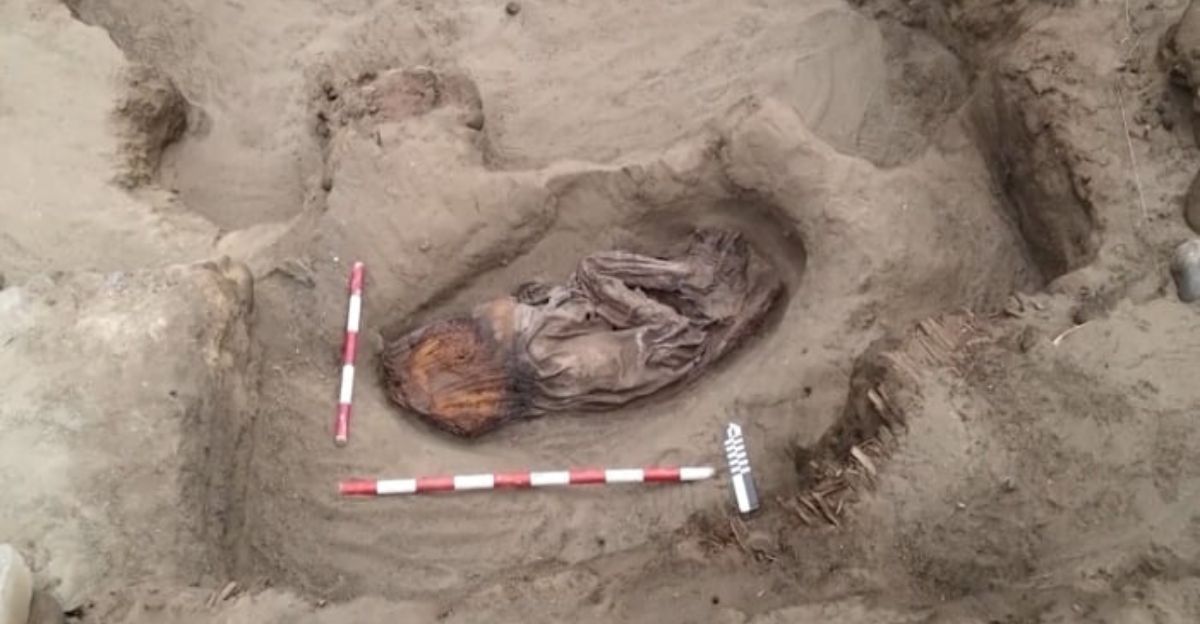
One of the most remarkable findings was the feather mantle found in the grave, along with the woman. This mantle sheds light on the civilization’s incredible technical skills in featherwork, as well as aesthetic sensibilities and access to exotic materials through long-distance trade networks. It is also one of the oldest examples of feather art in the Andes.
The mantle’s presence in the burial shows the woman’s high status and may have marked her as a figure of ritual or political importance.
Ongoing Scientific Analysis
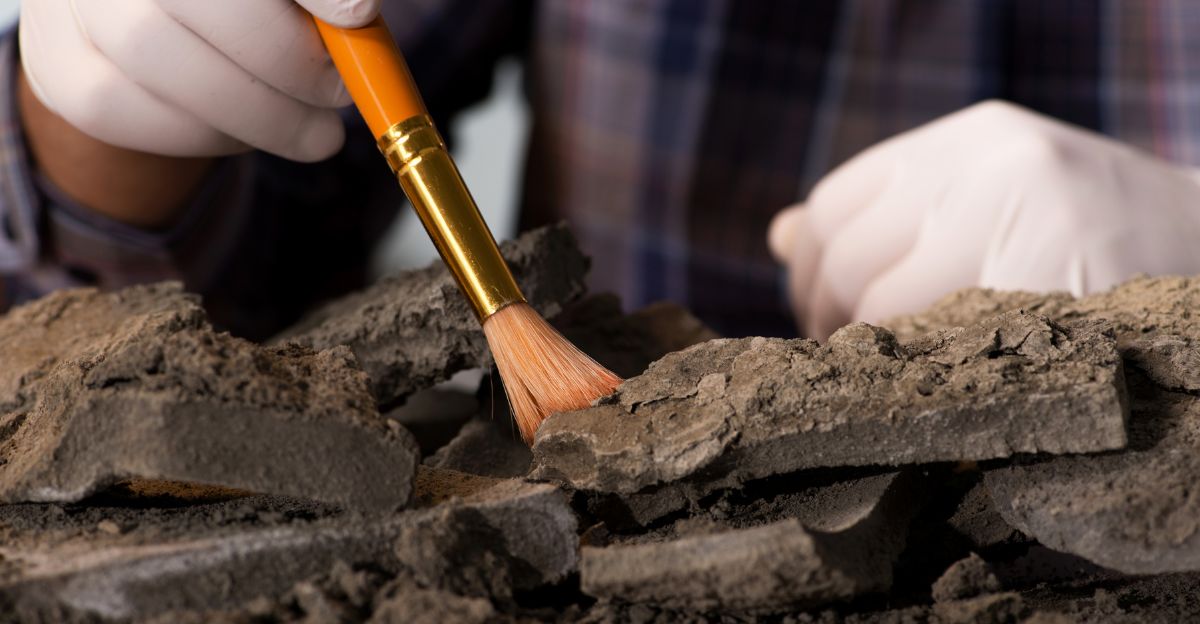
Archaeologists conduct detailed studies of the remains, including examinations of the exceptionally well-preserved skin, hair, and nails, which have been preserved for 5,000 years. Preliminary analyses have already revealed the woman’s age, stature, and elite status, but further research is expected to yield deeper insights into her health, diet, and ancestry.
These ongoing investigations will help clarify the burial’s precise dating and cultural significance and challenge existing theories about gender roles, social organization, and long-distance trade.
Insights into Social Hierarchy
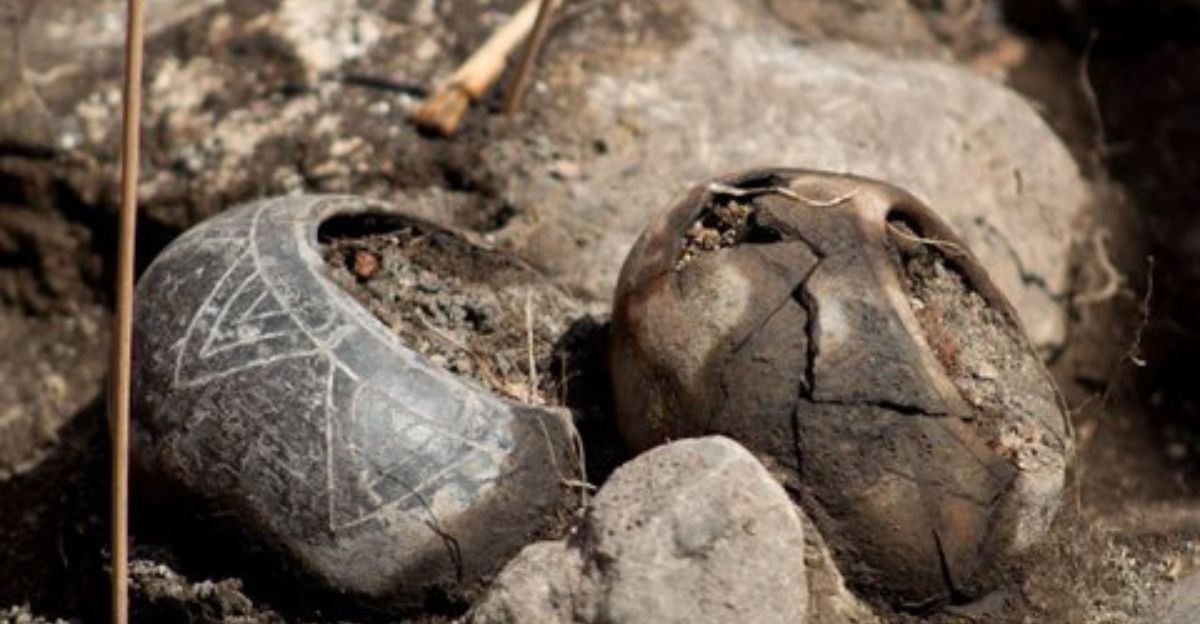
This burial, along with other elite interments such as the “Lady of the Four Tupus” and the “Elite Man” previously found at Áspero, demonstrates that both men and women could occupy positions of prominence within Caral’s social structure. Archaeological evidence from Caral settlements further supports the existence of social classes divided by gender, age, and occupation.
“The finding reinforces the idea of the contribution that women had in the Caral civilization,” Palomino added. “And above all that not only the male had a relevant importance in the association, but also it was complementary with the woman.”
Rituals and Spiritual Beliefs
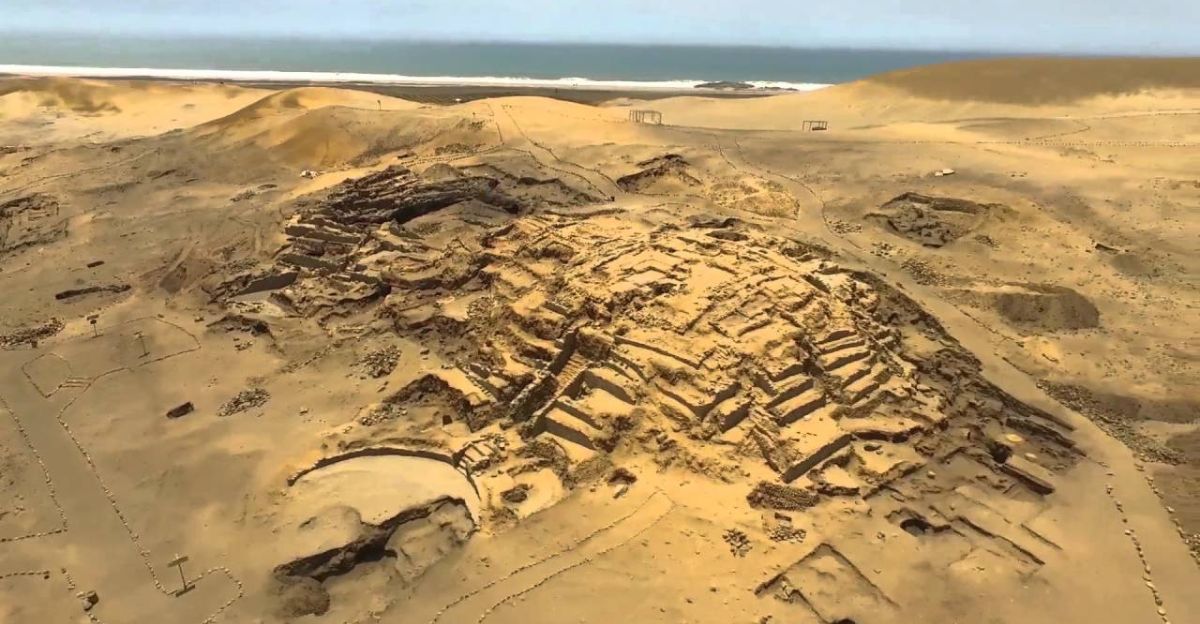
Caral was not just a center of trade and administration but also a major ceremonial hub, with its landscape dominated by pyramidal temples, sunken plazas, and amphitheaters designed for communal religious events. Archaeological evidence suggests that religion played a big role in unifying the Caral people, with leaders leveraging spiritual authority and access to the supernatural as a source of ideological power.
These findings reinforce that Caral’s social hierarchy and cohesion were deeply intertwined with shared spiritual beliefs and ritual practices.
Introduction to Caral Civilization

The Caral civilization dates back over 5,000 years and is one of the oldest civilizations in the Americas. It is located in present-day Peru and flourished around 2600 BCE. Known for its impressive urban planning, Caral’s society built monumental pyramids and complex architecture without using ceramics or writing systems, demonstrating early advanced civilization in the New World.
Caral’s Location and Environment
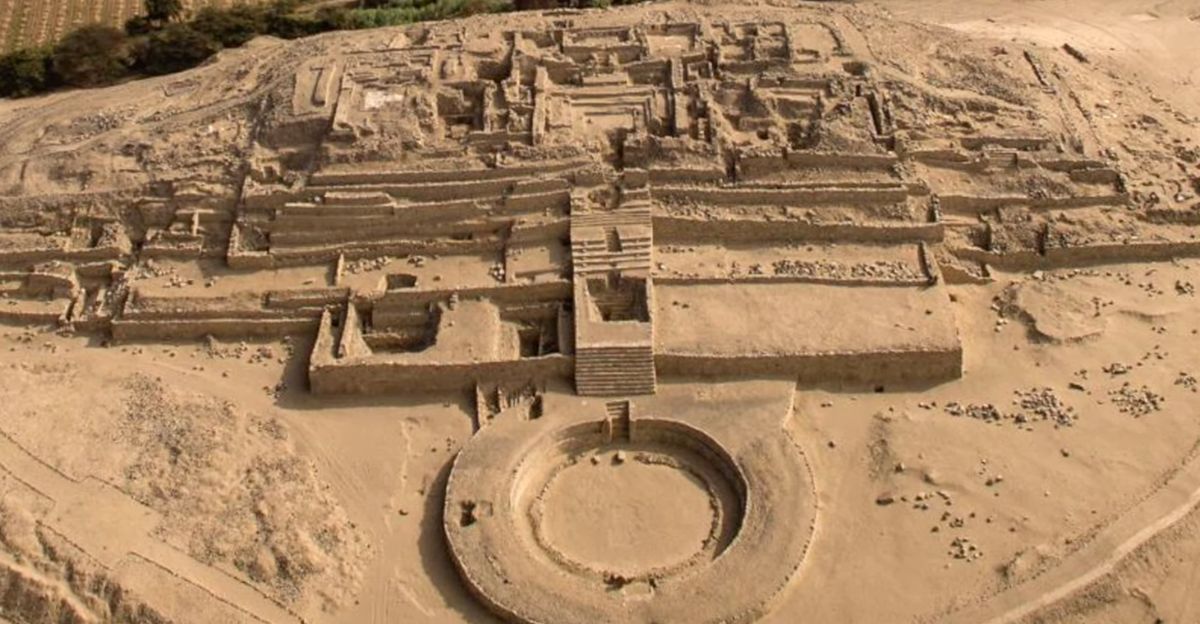
Caral was situated in the Supe Valley, which was close to the Pacific coast. Its location provided easy access to fertile land for farming and abundant marine life for fishing. The environment supported agriculture, like cotton and beans, while fish made up a major part of their diet. This reliable food supply helped the civilization thrive for centuries.
Urban Planning and Architecture
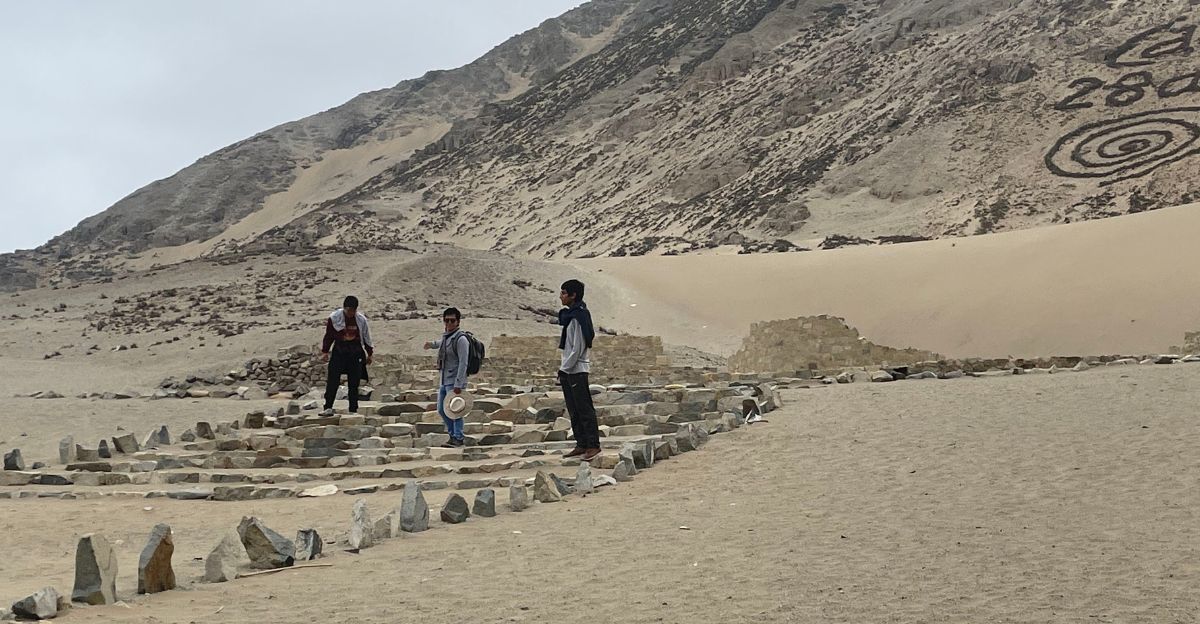
Caral’s city had large pyramids, sunken plazas, and carefully organized residential areas. The central pyramids, which were made of stone and adobe, served religious and administrative purposes. The layout demonstrates advanced knowledge of construction and community planning, which is unusual for such an old society.
Caral’s Economy and Trade
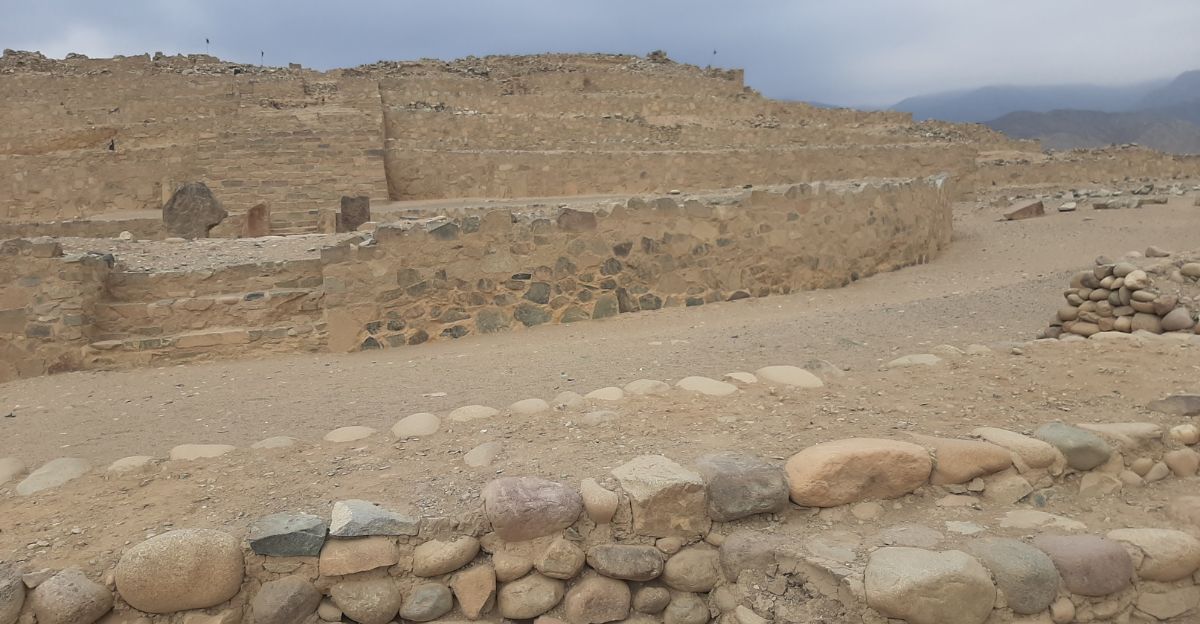
Caral’s economy was based on farming, fishing, and trade. Cotton was an important crop that was used to make fishing nets and textiles. Caral traded cotton, fish, and other goods with nearby inland communities, indicating that they had complex economic networks. This trade helped spread cultural influences throughout the region.
Religion and Social Structure
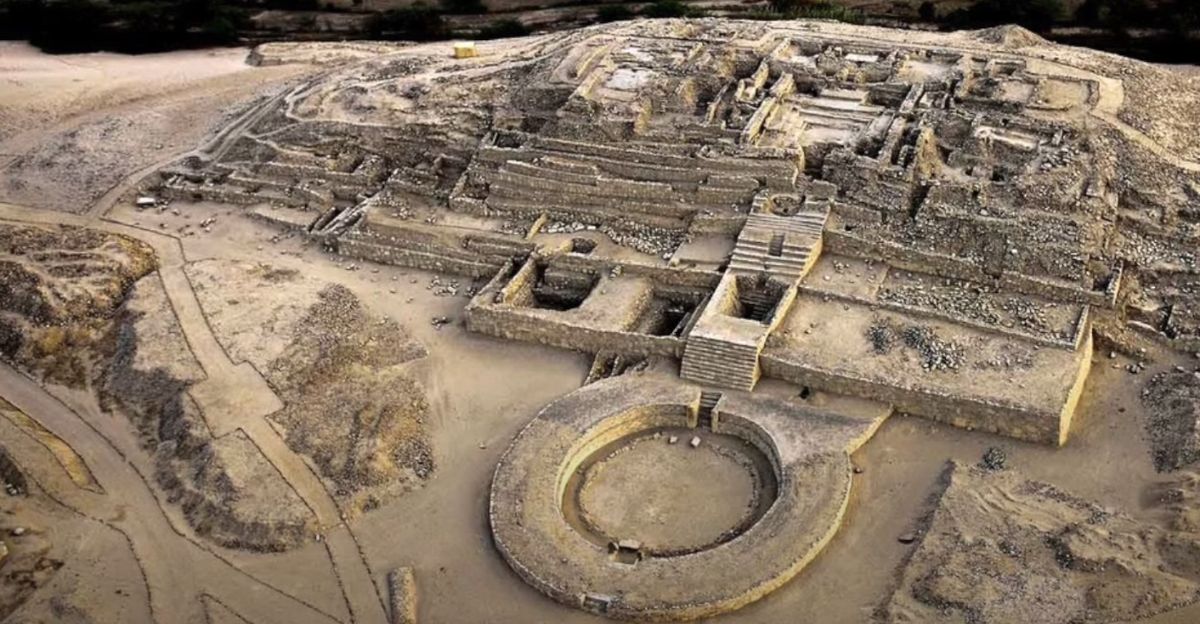
Religion played a massive role in the Caral society, with pyramids serving as important ceremonial sites. The people were likely led by a social hierarchy that included priests and elites who controlled religious and economic matters. Interestingly, the lack of weapons suggests they lived in a peaceful society that valued cooperation over conflict.
Lack of Ceramics and Writing
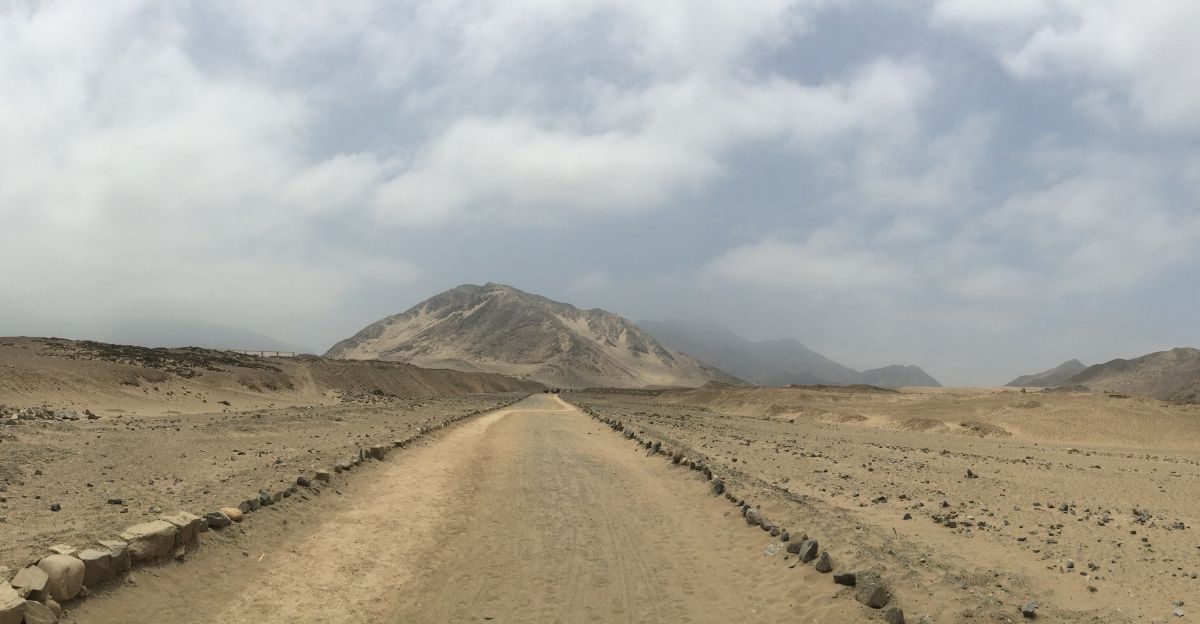
Caral, unlike many ancient civilizations, did not develop ceramics or a written language, which has made archaeological study challenging. However, this shows how the society relied on architecture, music, and oral traditions or cultural expression and communication.
Musical Instruments and Culture
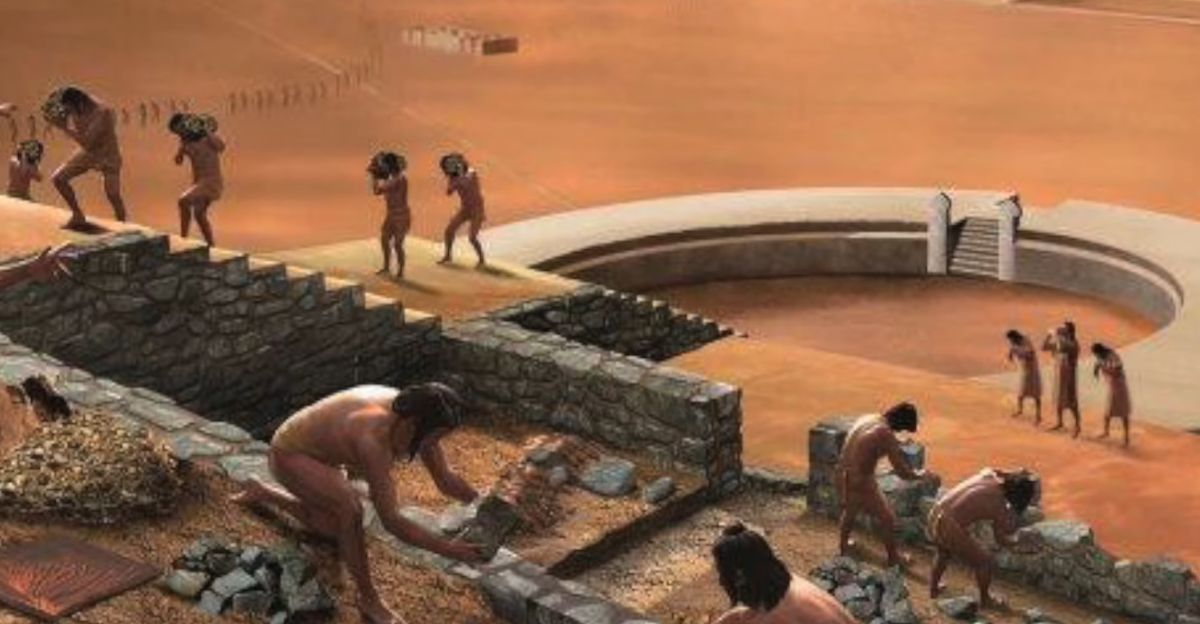
The Caral people were very musical and used musical instruments like flutes and drums made from bones and gourds. It is believed that music could have played a role in ceremonies and social events, showing an advanced cultural life that balanced practical achievements with artistic expression.
Discovery and Significance
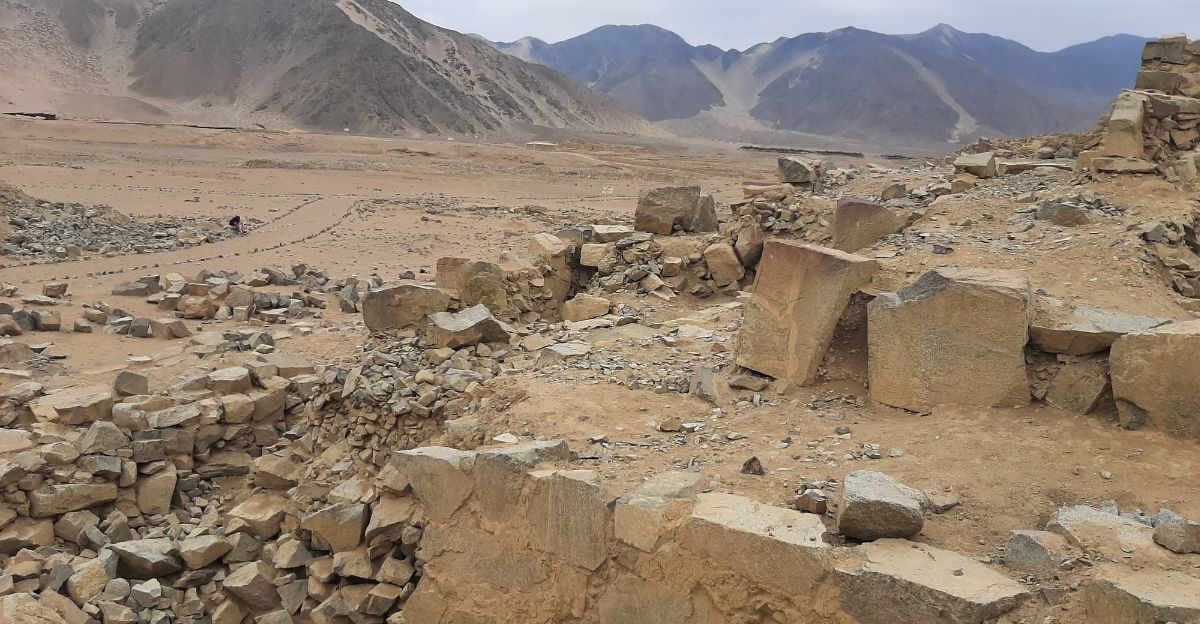
Caral was discovered in the late 20th century and challenged previous beliefs about the origins of civilization in the Americas. It showed that complex societies have existed for much longer than previously thought, reshaping our understanding of human development. Following the discovery of the woman’s remains, scientists are hoping to learn more about this civilization.
Agriculture Innovations
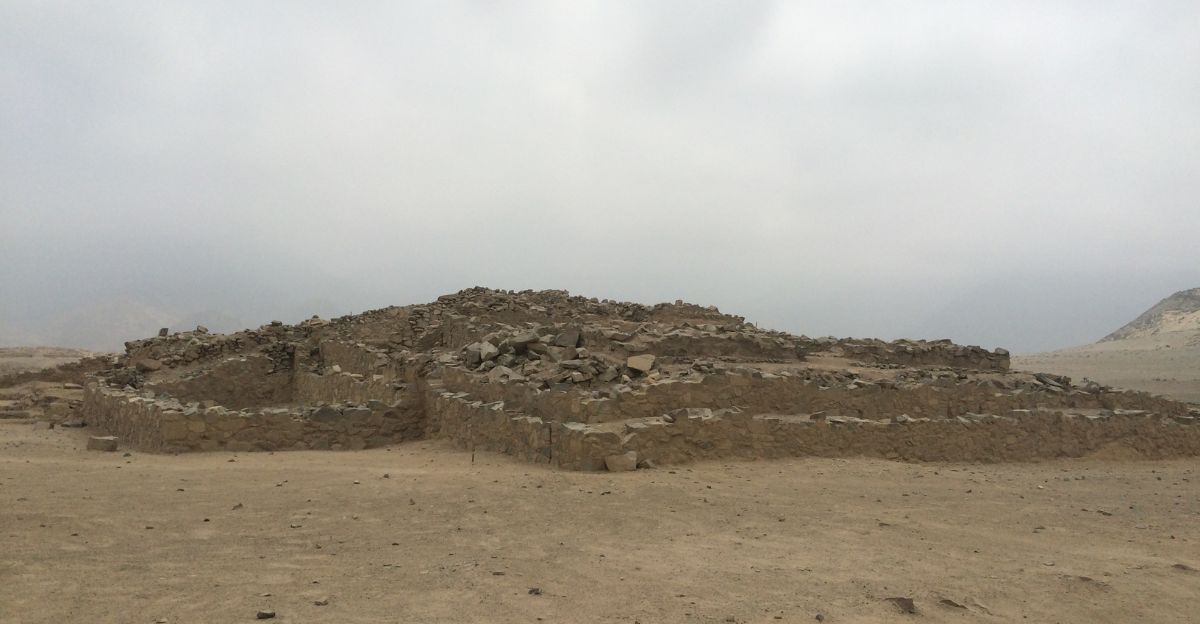
This civilization created irrigation systems to grow crops like cotton, squash, and beans, even in arid conditions. These farming methods showed their advanced ability to adapt to the environment, enabling steady food production and helping their cities grow.
Legacy of Caral Civilization
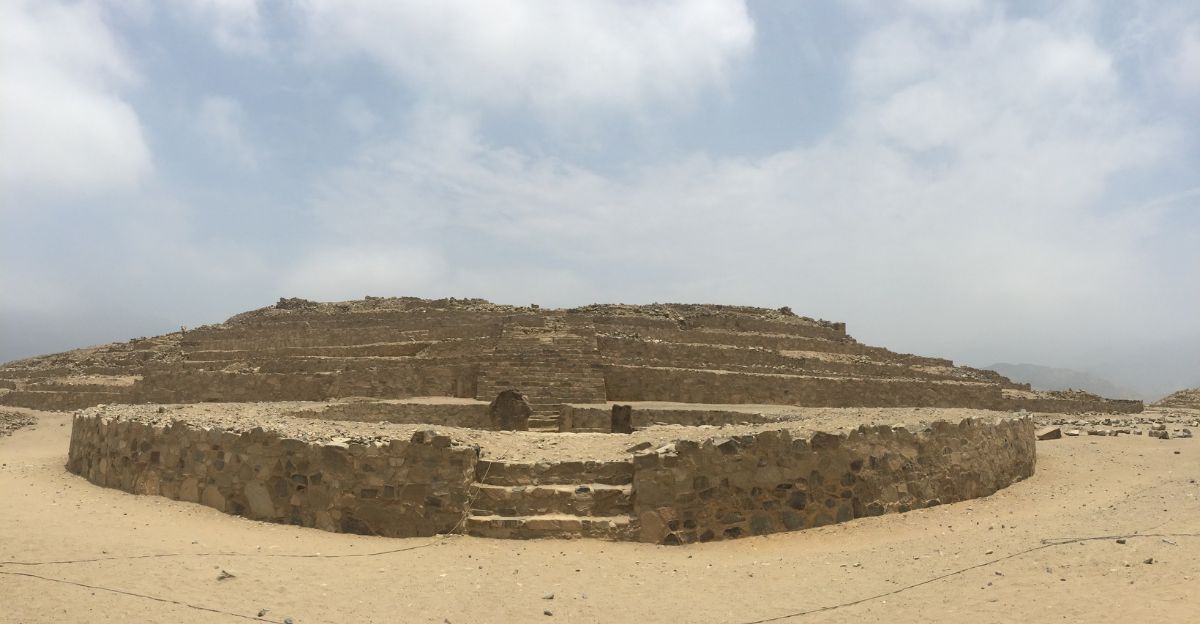
Caral’s impact reached later Andean civilizations like the Norte Chico and the Inca. Its pioneering urban design and social organization laid foundational concepts in ancient South American history. Today, Caral remains an important example of early human creativity and cultural sophistication.



